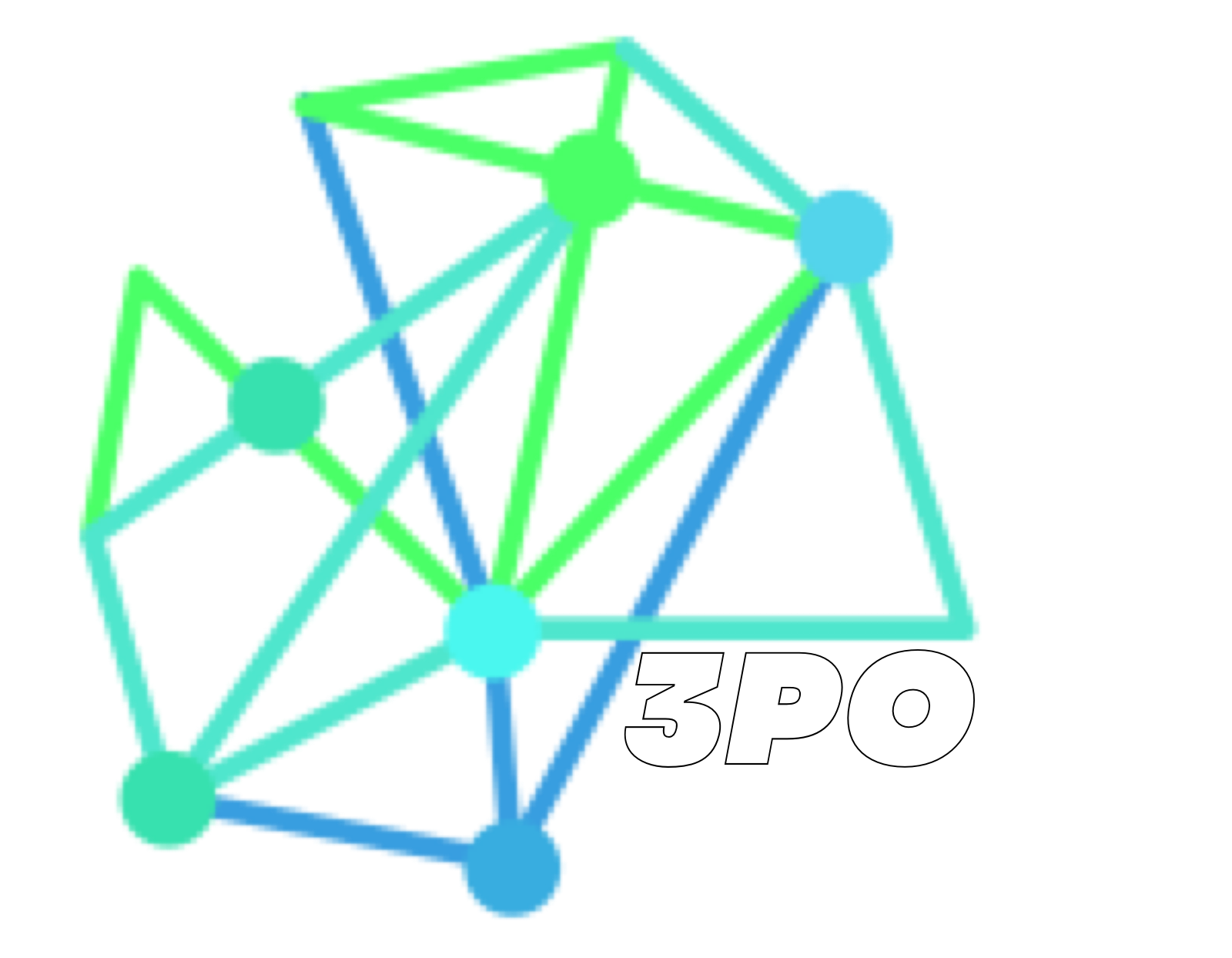What is Osteopathy
Osteopathy is a system of diagnosis and treatment primarily concerned with mechanical problems of the body, principally within the musculo-skeletal systems (ligaments, tendons, muscles and joints). In short, if it hurts when you move, it is probably treatable with Osteopathy.
Osteopathy has perhaps become synonymous with the treatment of spinal pain perhaps due to lower back pain becoming so common in daily life. In reality osteopathy also helps pain and dysfunction in other parts of the body (e.g. ankles, knees, elbows, ribs etc.), as well as helping the functioning of important areas such as the thorax, abdomen and pelvis.Osteopathy covers more than just the fixing of symptoms as it aims to try and ensure that the symptoms are much less likely to return in the future.
Osteopathy is now governed by statute, and as such, certain qualifications and levels of competent practice are required by law. Commonly, the letters you will see after an osteopath’s name will be: D.O.,( Diploma in Osteopathy) or BSc (Ost) Hons ( Bachelor of Science in osteopathy, Honours degree). During their education will have studied; Anatomy, in great depth, as this is our primary work tool, Orthopaedics, to understand disease processes of the bony structures of the body, Radiology, to be able to comprehend the images on X-rays and MRI Scans, Neurology, allowing us to interpret certain symptoms and tests, related to the nervous system, Physiology; which is the study of the body at a cellular level, we need to have an understanding of the way the body works so that when it starts to fail, we can understand why this is so and whether or not it can be relieved using osteopathy. Medicine; we need to have a reasonable understanding of disease processes and how they present in the individual, in order that we can be sure of being able to help, even if that means passing you onto your Doctor. Certain diseases have pain patterns that mimic musculoskeletal problems. The best known example of this is a Heart attack ( myocardial infarction), where the pain may pass into the left arm and up into the neck. It is possible (although unlikely) that this could be mistaken for a shoulder problem. In reality we will make an assessment of you and your presenting symptoms, let you know what we think and refer onwards, if necessary. Onward referral may be for something we have found co-incidentally, like high blood pressure, which needs to be re-checked by your Doctor, prior to an appropriate course of action. This type of referral may not affect our treatment plan. In other words, there are circumstances when we can still treat you whilst you are under the administrations of your General Practicioner.
